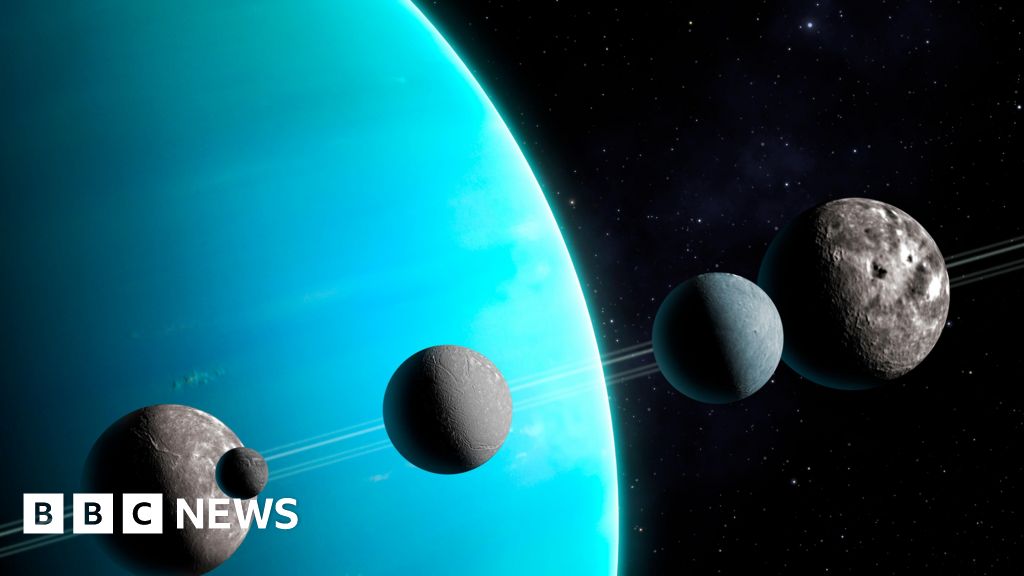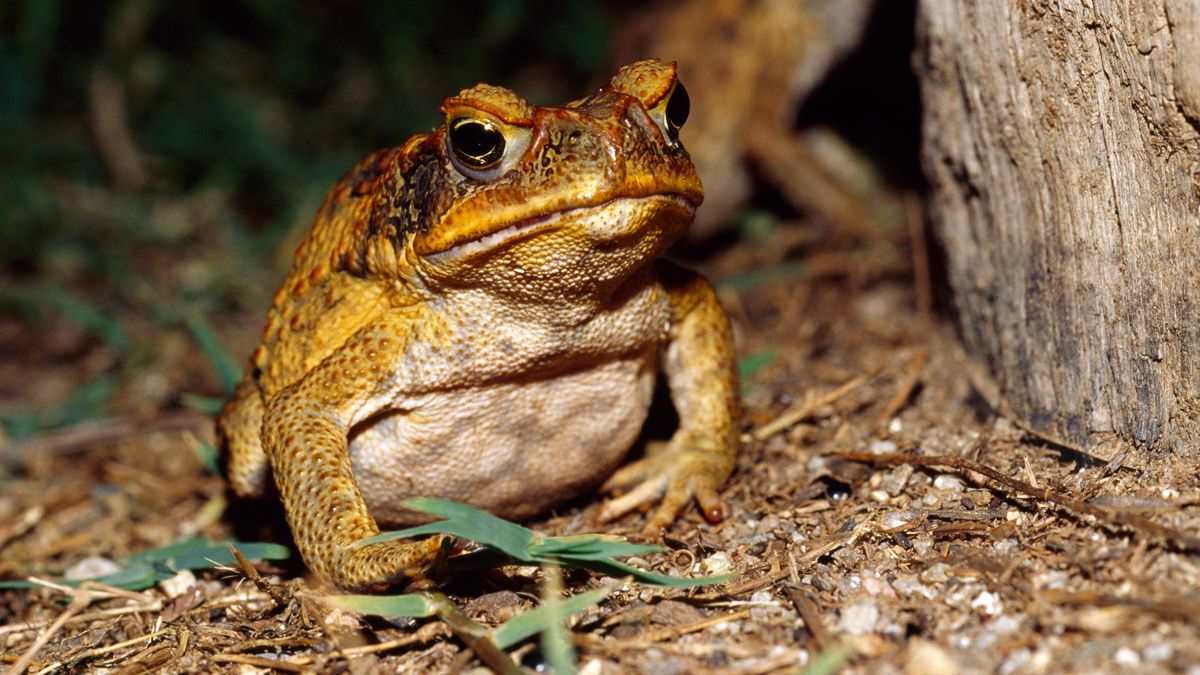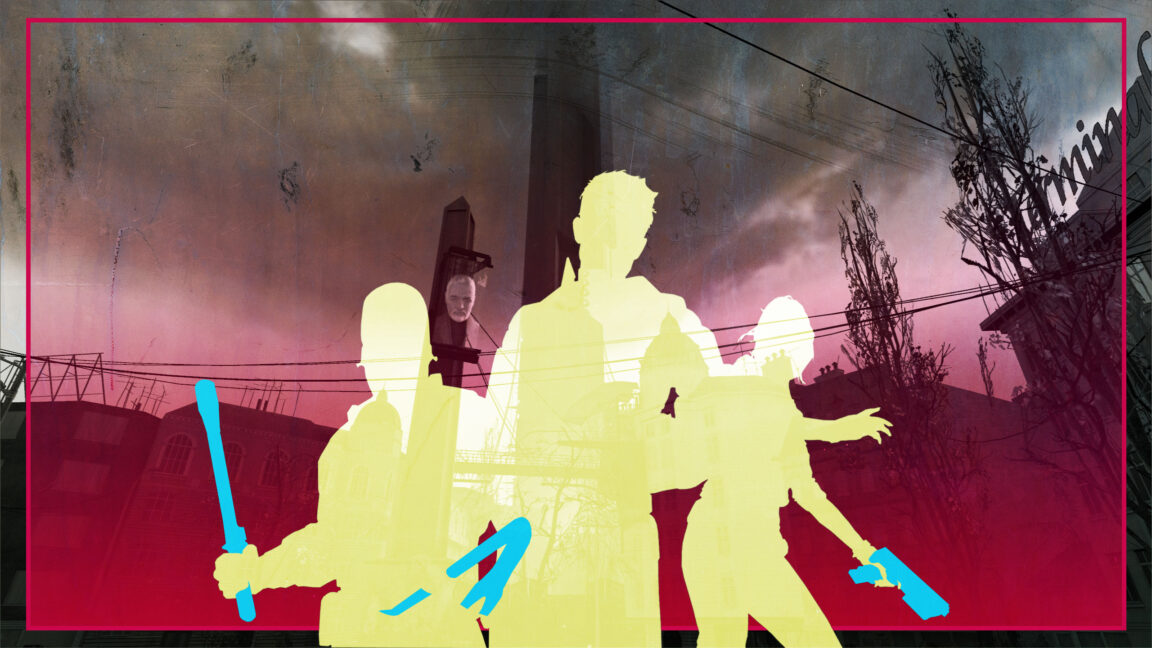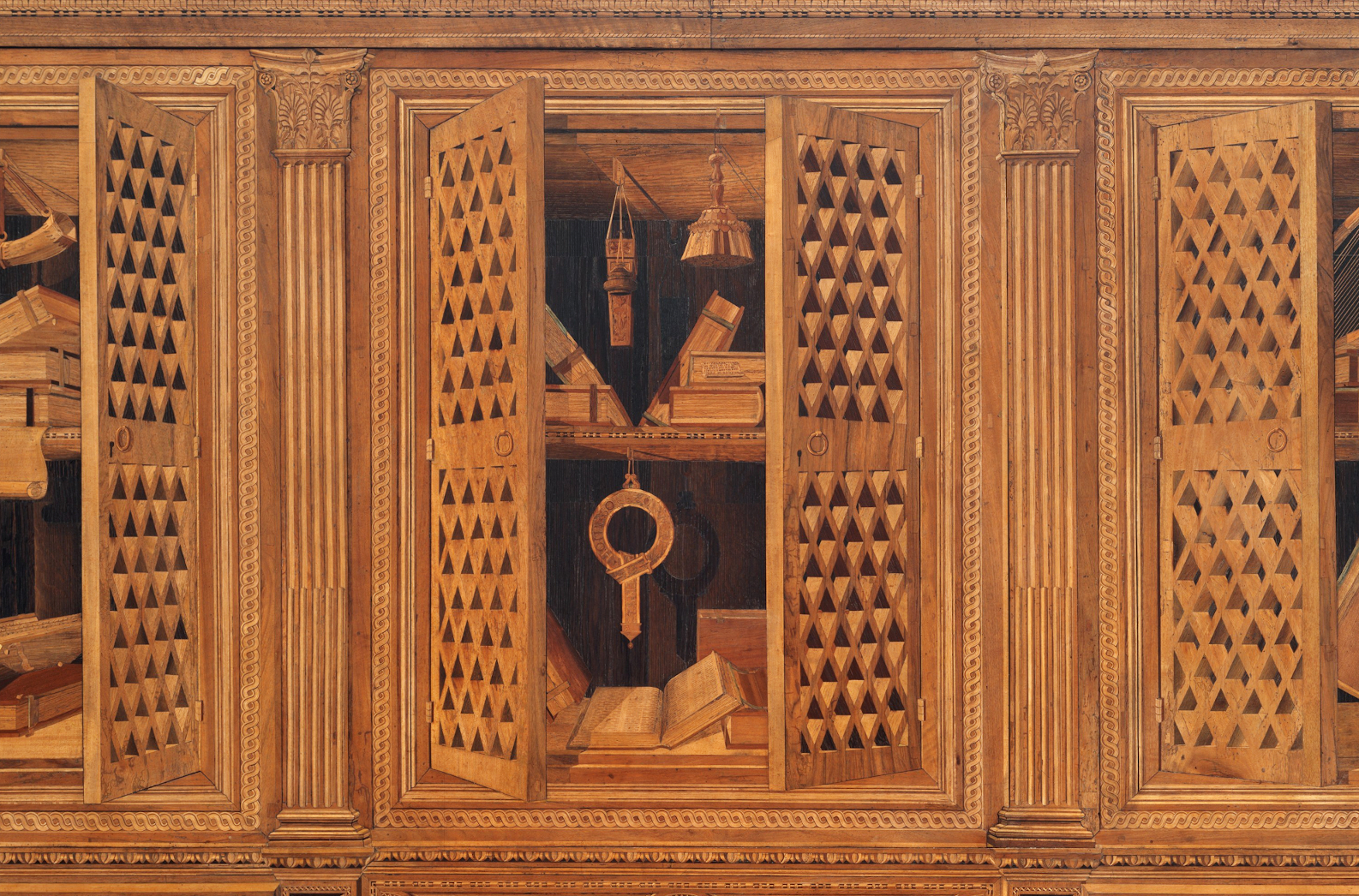
New study on moons of Uranus raises chance of life
But a new analysis shows that Voyager's visit coincided with a powerful solar storm, which led to a misleading idea of what the Uranian system is really like.
Uranus is a beautiful, icy ringed world in the outer reaches of our solar system. It is among the coldest of all the planets. It is also tilted on its side compared to all the other worlds – as if it had been knocked over – making it arguably the weirdest.
We got our first close-up look at it in 1986, when Voyager 2 flew past and sent back sensational pictures of the planet and its five major moons.
But what amazed scientists even more was the data Voyager 2 sent back indicating that the Uranian system was even weirder than they thought.
The measurements from the spacecraft’s instruments indicated that the planets and moons were inactive, unlike the other moons in the outer solar system. They also showed that Uranus’s protective magnetic field was strangely distorted. It was squashed and pushed away from the Sun.
A planet’s magnetic field traps any gases and other material coming off the planet and its moons. These might be from oceans or geological activity. Voyager 2 found none, suggesting that Uranus and its five largest moons were sterile and inactive.
























